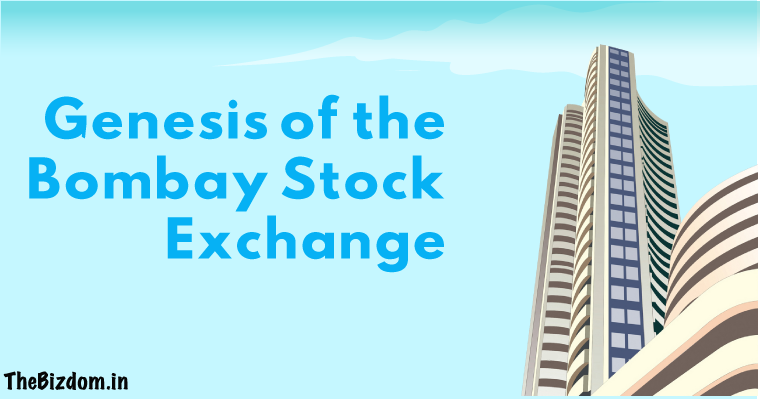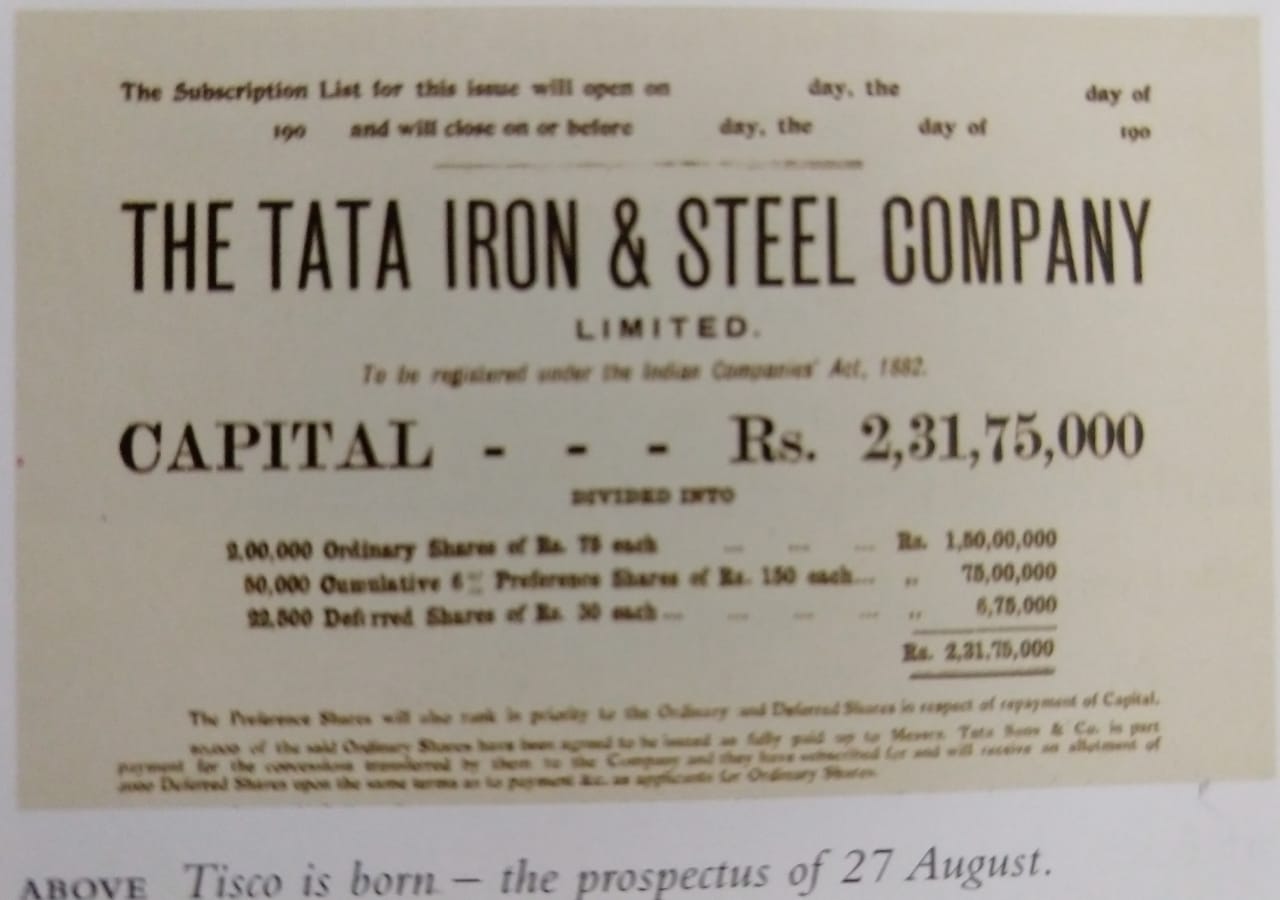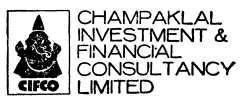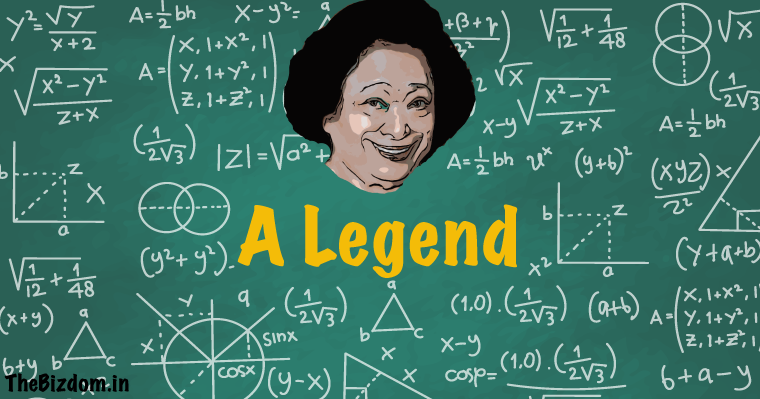6 min to read
The Story of Bombay Stock Exchange
From Banyan Tree to PJ Tower

Bombay of 18th century
Bombay was in the cusp of a fundamental transformation by the early decades of the 18th century. And, by the early 19th century Bombay was fast recognized with its capitalist face. As many city merchants were trading independently with countries all over the world. The natural harbour and the civil infrastructure placed Bombay a port of opportunity. Somewhere around in this time we will have the birth of the Indian stock market where the securities or promise-to-pay notes for a stock were issued and made transferable.
Cotton as the leading Commodity/Stock traded in Bombay since the 1770s and within few years the city became the sole export outlet for cotton cultivated in the Deccan, Gujarat and the Central Provinces. By 1844, Colaba had become the incipient centre for cotton trading. In the 1840s, six Indian brokers in bullion, stocks and shares were recognised by the British banks and merchants. These brokers (more of Stockbrokers and less of Sharesbrokers), however, were yet to establish any formal association at that time.
Seth Premchand Roychand
With the growing trade, the geography of Bombay was also changing. While the old Fort area still belonged to wealthy Parsi and British merchants (the shetia log as they were commonly called by), the north-eastern part remains the residential area of the Banias. It was over here that an army of Mehtas, or clerks, squatted every day in tiny shops poring over their account books engaged in buying and selling hundreds of bills of exchange.
Premchand’s father, Deepchand Roychand, migrated to Bombay. He was a mid-level timber merchant who in all probability maintained connections with Bombay’s Parsi traders and dealers in wood and decided sometime in the 1840s to try his luck in the island city. Premchand Roychand, an Oswal Jain, will soon become the ‘king of cotton’ with extreme proficiency in speaking, reading and writing English. He will soon start working as a stockbroker in 1849, doing his business under shades of the Banyan tree at the western end of the Elphinstone Circle. His fame and infamy is a matter of a detailed study, but this “Cotton King” or “Bullion King” will remain a debatable topic, esp after his manipulation with the Bank of Bombay. Like the Harshad Mehta episode, his action will prevent a sane mind from the work of Stockbroking for a while.
Banyan Tree
Banyan is a plant that grows on another plant and in jungles, provides the desirable shelters to many animals. Thus it is considered sacred and representative of eternal life: a symbol of wisdom, unity and support. It also provides a meeting place for the community in villages. People gather under its shade to relax, discuss issues and also for the Panchayati decisions. But the fun fact is that the name banyan is derived from Indian traders, it’s from banias.
Near the nowadays beautiful Horniman (formerly Elphinstone) Circle garden there was one such Banyan tree which would then witness the unfolding of a distinct phase of business history in India. It was under this Banyan tree where the revolution in Indian capitalism began in the 18th century.
Association
Some brokers achieved official recognition, and though they were not formally organized but a group of around twenty-two who began trading under a banyan tree opposite the Bombay Town Hall contributing a rupee each to assemble themselves into an institution that came to be known as the Native Share and Stockbrokers Association. The word ‘Native’ in the initial title was a sign of exclusiveness and pride. On 9 July 1875, the entrance fee for new members was fixed as Re. 1 and there were 318 members added to this list. And Bombay Stock Exchange earned the notable distinction of becoming the first stock exchange in Asia.
But they required space, so in January 1899, the association hired a trading hall in Dalal Street at Rs 100 a month but when it was still cash-strapped. So they had no funds of its own to pay the trading hall’s monthly rental of Rs. 100 to the landlord, Bai Motibai Wadia. Sir Dinshaw Maneckji Petit (wealthy Parsi merchant who founded the first textile mill in India) bailed them out. In gratitude, the trading hall was named after him. The membership fee was raised to Rs 15 by then. This membership will further be raised to Rs. 2,900 in 1914 and to Rs. 48,000 by 1921.

Broking Houses
 In the early days, broking firms were known by the names of the head of the family. Some of them exist even today such as, DS Prabhudas & Co (DSP), Jamnadas Morarjee (todays JM), Champaklal Devidas (which later on came to be known as Cifco Finance) and Brijmohan Laxminarayan (established in 1915), headed by Purshhottam Ruia.
In the early days, broking firms were known by the names of the head of the family. Some of them exist even today such as, DS Prabhudas & Co (DSP), Jamnadas Morarjee (todays JM), Champaklal Devidas (which later on came to be known as Cifco Finance) and Brijmohan Laxminarayan (established in 1915), headed by Purshhottam Ruia.
In 1973, BSE started the construction of the iconic BSE Tower. BSE Towers, will be later renamed as Phiroze Jeejeebhoy Towers after the death of the BSE chief.
SENSEX and SEBI
There was a need for an Index, as a means to measure the overall performance of the exchange. So, a BSE Sensitive Index was started in 1986. It was first published on 2 January 1986, as a “Market Captialisation-Weighted” Index of 30 component stocks representing a sample of large, well-established and financially sound companies. It was the country’s first Equity Index (Base Year 1978-79 =100). But, this Sensitive Index will have to wait till 1989, for the word we use so often. It’s when Deepak Mohoni will coin the word: Sensex. To quote him, as he replied to me on Twitter on this history:
“Started doing a column for Business Standard, checked with the editor (Jaggi) if I could shorten the index name in my column and he asked me to go ahead. I knew a few business journalists/editors and convinced them (over a few drinks) to use the word in their writings.”
While presenting the Union Budget for 1987-88, Prime Minister, holding the additional charge of Finance, Rajiv Gandhi declared the establishment of a separate board for the regulation and orderly functioning of the capital market and for protection of investor interests.
Around the same time in August 1987 it was linked for an instant display of share prices and other related information through the PTI Stockscan Service.
Then, historically an open-cry floor trading exchange, the Bombay Stock Exchange switched to an electronic trading system in 1995.
One trenchant criticism that dogged BSE before it was corporatised in 2007 was that it was a club of the brokers, by the brokers and for the brokers.
Oldest Listed Company
Morarjee Goculdas Spinning and Weaving Co., Ltd. Established in 1871, it is the oldest textile unit in the country and the fifth company to be listed on the stock exchange. First acquired by Seth Piramal Chaturbhuj Makharia in 1934 it is the oldest surviving company registered on Bombay Stock Exchange (self-claim)
 But it seems Forbes & Co is the oldest company that is still trading. It was started as a Scottish agency and mercantile business in 1797. And, now is owned by Shapoorji Pallonji Group.
But it seems Forbes & Co is the oldest company that is still trading. It was started as a Scottish agency and mercantile business in 1797. And, now is owned by Shapoorji Pallonji Group.



